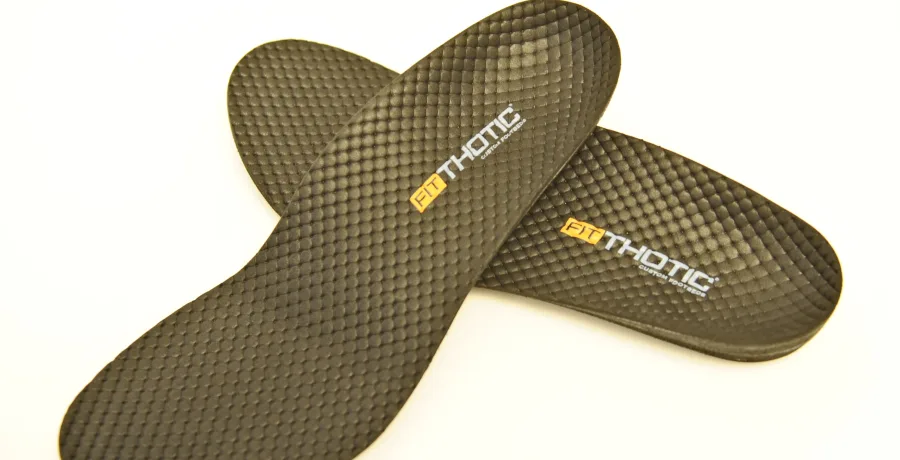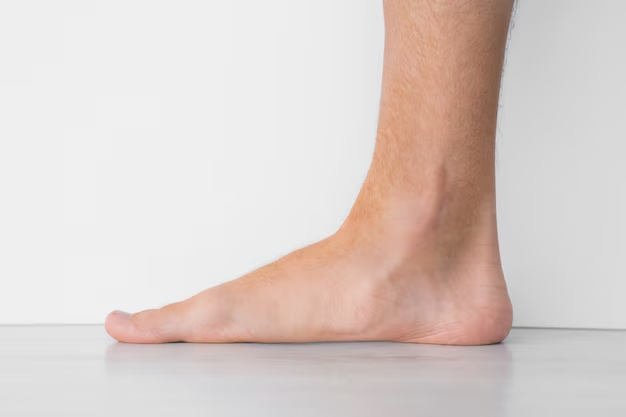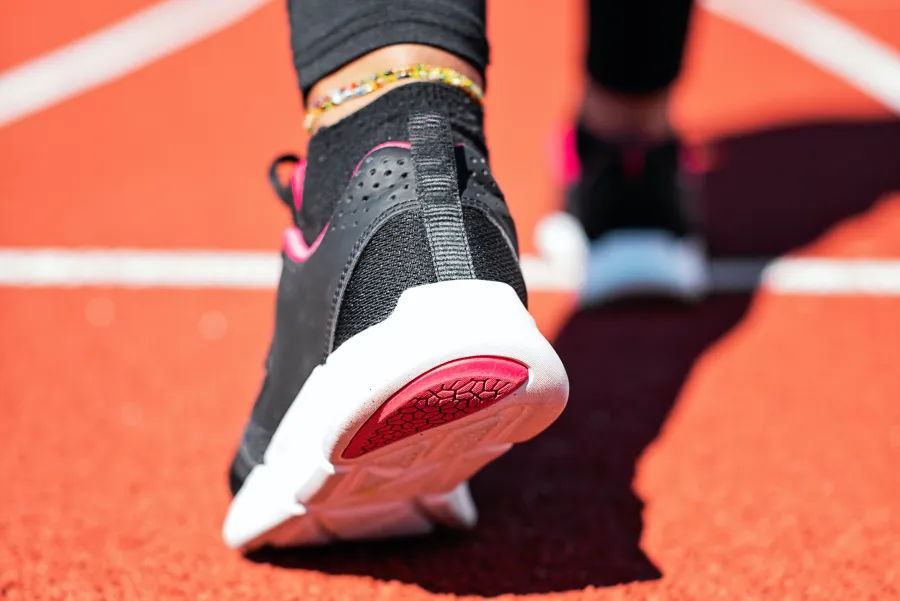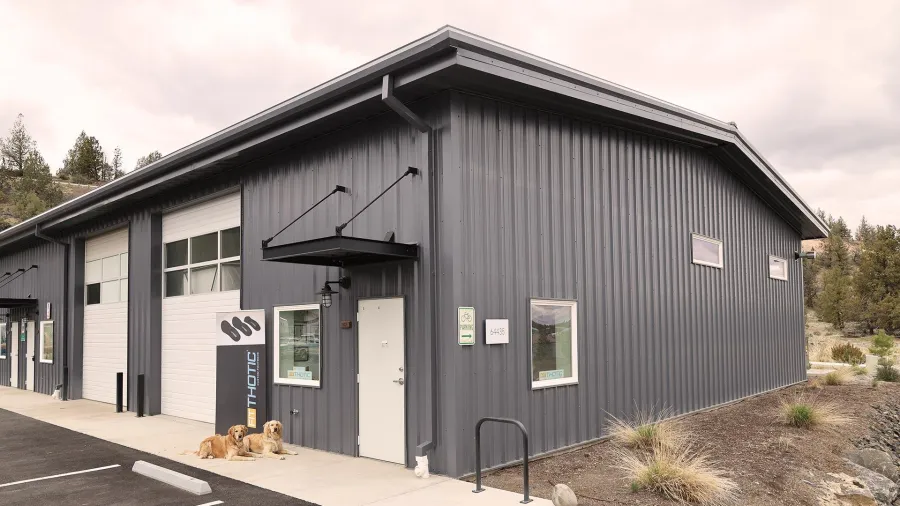Medical
Pedorthist’s and other Prehistoric Creatures

Ped-or’-thics, although it sounds like the study of prehistoric dinosaurs, it really is the design, manufacture, modification and/or fit of footwear, including shoes, orthoses and foot devices, to prevent or alleviate foot problems caused by disease, congenital defect, overuse or injury. Common problems are associated to diabetes, arthritis, sports injuries, pediatric conditions and postural maladies. The practice of pedorthics is generally understood to mean working with patients and their footwear to achieve conformity with a doctor's prescription for footwear as part of the patient's treatment.
Pedorthic Services, Inc is a locally based company that offers complete pedorthic services. Unlike over the counter foot aids, which are designed so that many different foot shapes can wear them, we evaluate every patient for the correct foot appliance which includes footwear, custom orthotics, posting, and corrections. Each foot is evaluated for the most effective casting method which includes digital foot scanning from foam impressions or traditional plaster casts. Pedorthic Services, Inc works closely with referring physicians and therapists to meet the medical goal as it relates to feet, leg and back problems.
Our lab and fitting room allows us to handle all custom orthotic fabrication and pedorthic modification locally. We use CAD/CAM technology to create orthotic types that vary from rigid, semi rigid or soft and can be made to fit any type of footwear including high volume athletic shoes, as well as, low profile dress shoes.
Who Should Use an Orthotic?
Because perfect feet are very rare, almost anyone can benefit from orthotics. They can prevent and alleviate many of the common foot complications that cause discomfort in otherwise healthy people. An analogy can be made between orthotics and eyeglasses. Both adjust bodily imperfections that inhibit people from functioning at their maximum physical potential.
Almost anyone can achieve some benefit from an orthotic. However, there are several common symptoms that may indicate misalignment of the feet. You may be a candidate for orthotics if:
- one side of the sole of your shoe wears out faster than the other;
- you frequently sprain your ankle;
- you have chronic heel, knee or lower back pain;
- your shins hurt;
- your toes are not straight;
- your feet point inward or excessively outward when you walk; or
- your feet hurt in general.
How Does an Orthotic Work?
To explain how an orthotic functions, it is important to understand the mechanics of walking. Each step, the vertical axis of the heel ideally should land almost perpendicular to the ground, with a slight inclination of only a few degrees toward the outside of the heel. From there, the weight is distributed progressively toward the lateral (outside) side of the foot. As the little (or fifth) toe starts to touch the ground, the arch of the foot should flatten slightly, shifting the body's weight toward the medial (inside) side of the foot. The heel then should start to lift off the ground, shifting the weight to the medial forefoot, principally the ball of the foot and the first toe.
This coordinated motion occurs in much less time that it takes to describe. It is, nevertheless, a complex process in which many things can go wrong. If a structural problem is present, the foot can collapse under the body's weight. Runners in particular exert much greater forces on their feet than those generated by simple walking. This can lead to more severe injuries, such as sprained ankles, shin splints and even fractures.
Over time, stresses on the feet can deform them. One of the foot's main functions is to absorb shock as the body's weight shifts with each step. It does this through a complex process in which the arch of the foot flattens slightly. This absorbs and distributes the weight throughout the entire foot. There are two major problems that can occur in this mechanism.
The first occurs when the arch does not flatten at all. This typically occurs in a person with a high arch, called a cavus foot. Because the arch does not flatten, it absorbs shock poorly. Instead of spreading it throughout the entire foot, the weight of the body falls only on the heel and the bases of the toes. This increases stress on the foot, especially the heel. Furthermore, because the weight is not absorbed well in the foot, it radiates up the leg to other joints. Over time, this can cause pain in the knees, hips and lower back.
To correct this condition, an orthotic is used to bring the ground into even contact with the rest of the foot. This allows the entire foot to support the weight of the body. Extra cushioning can be built into the orthotic so that some of the force does not even reach the foot.
A different problem results if the arch flattens too much. This is known as a planus or flat foot. In such cases, the weight distribution on the foot is too far on the medial side. A flat foot is unstable and cannot maintain a proper arch. Over time, the weight of the body on an unstable foot will cause the bones of the foot to become misaligned. This can lead to the development bunions, hammertoes and other foot deformities, as well as knee and lower back pain.
To address this problem, an orthotic with an increased arch will be prescribed to distribute the weight laterally. Depending on shape of the foot, the heel of the orthotic can be slanted to shift the weight more toward the center of the heel.
In conclusion, pedorthics deals with everyday ailments that can affect the quality of your life. Along with a comprehensive evaluation from your physician/ therapist, a pedorthist can provide solutions to many painful feet, leg and back problems.
Vince Catania, C.Ped




